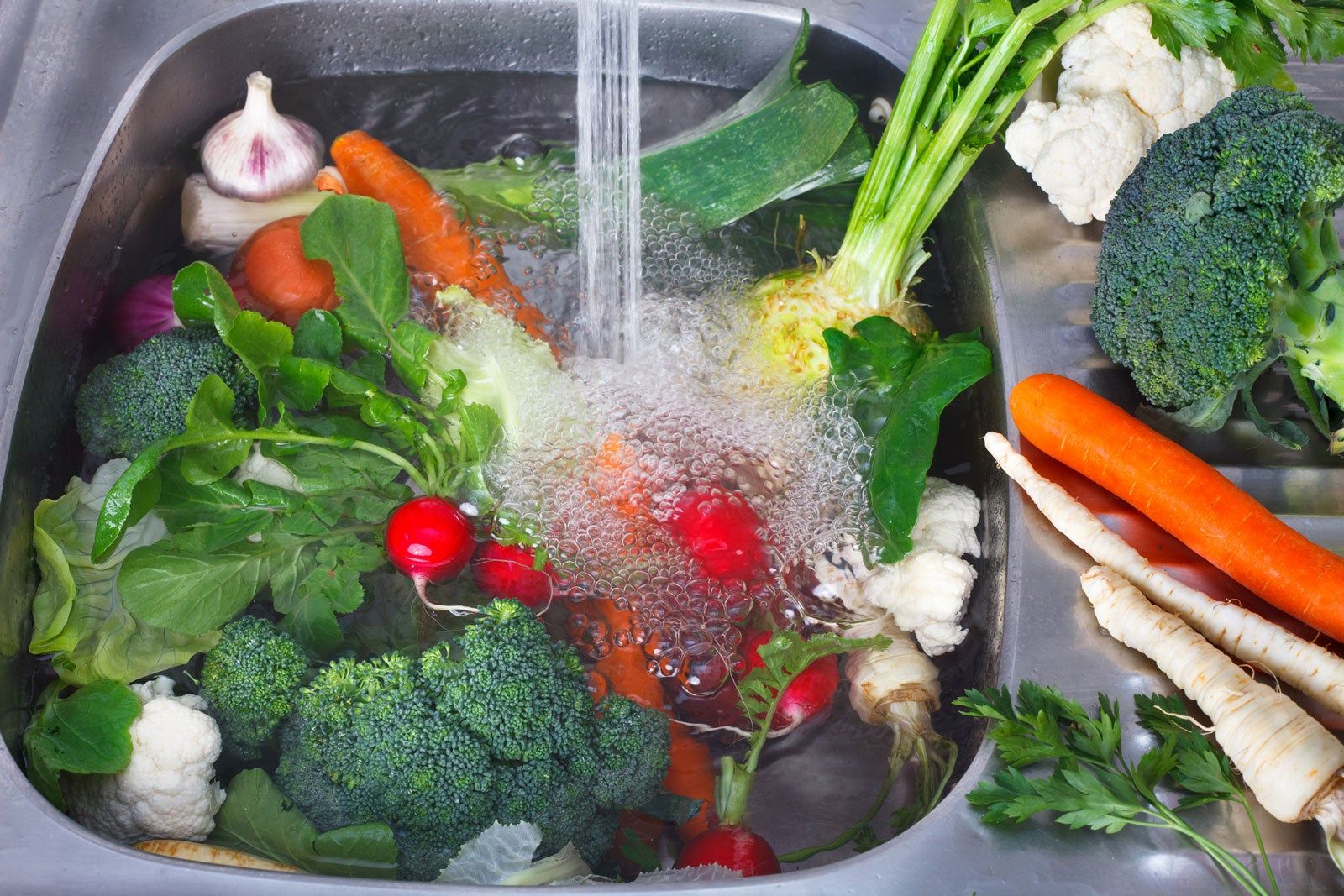Introduction
Harvesting fresh vegetables from your garden is rewarding, but cleaning them properly is essential for safe consumption. Garden vegetables often carry soil, debris, and microbes that can impact your health if not washed correctly. This article guides you through expert-backed methods to clean vegetables from your garden effectively, ensuring your produce is fresh, safe, and delicious.
Why Cleaning Garden Vegetables Is Crucial
Vegetables grown in home gardens are exposed to soil, insects, and natural elements. Unlike store-bought produce, they don’t go through commercial washing and sanitizing processes. Proper cleaning removes dirt, pesticides, and harmful bacteria such as E. coli and Salmonella, which can cause foodborne illnesses.
Experts recommend washing all garden vegetables, even those you plan to peel, to reduce contamination risk. Additionally, clean vegetables store better and taste fresher.
Step-by-Step Guide to Cleaning Vegetables From Your Garden
1. Initial Inspection and Sorting
Before washing, inspect your vegetables carefully. Remove any damaged, bruised, or rotten parts. Sorting helps prevent spreading contaminants to healthy produce.
2. Rinsing Under Cold Running Water
Use cold running water to rinse vegetables thoroughly. Avoid soap or detergents as they can leave harmful residues. For leafy greens and herbs:
- Submerge in a bowl of cold water.
- Swish gently to loosen dirt.
- Repeat rinsing with fresh water until no grit remains.
3. Using Vinegar or Baking Soda for Deeper Cleaning
For vegetables with crevices (like broccoli or cauliflower), a soak in a mild solution can help:
- Mix 1 part white vinegar to 3 parts water or add 1 tablespoon of baking soda per liter of water.
- Soak vegetables for 5-10 minutes.
- Rinse thoroughly with cold water to remove any vinegar or baking soda taste.
Research shows vinegar can reduce bacteria by up to 90%, making it an effective natural disinfectant.
4. Drying and Storage
After washing, dry vegetables using a clean kitchen towel or paper towels. Moisture can promote mold growth during storage. Store them in breathable containers or perforated bags in the refrigerator to maintain freshness.
Tips for Cleaning Specific Types of Garden Vegetables
Leafy Greens (Spinach, Lettuce, Kale)
- Remove outer leaves that look damaged.
- Wash leaves individually or in small batches.
- Consider using a salad spinner to remove excess water.
Root Vegetables (Carrots, Beets, Potatoes)
- Scrub roots with a vegetable brush under running water to remove stubborn soil.
- Peel if desired, but washing is still necessary before peeling.
Soft Fruits and Tomatoes
- Handle gently to avoid bruising.
- Rinse under running water without soaking.
Herbs
- Submerge and gently agitate in cold water.
- Rinse multiple times to remove grit.
Expert Advice and Common Mistakes to Avoid
- Do not wash vegetables too far in advance. Washing too early can lead to faster spoilage.
- Avoid using bleach or harsh chemicals; they are unsafe for produce.
- Use separate cutting boards and utensils for raw vegetables to prevent cross-contamination.
- Regularly clean your garden tools to reduce soil-borne pathogens.
According to food safety specialists, thorough rinsing under running water is usually sufficient for most vegetables if combined with proper handling.
Conclusion
Cleaning vegetables from your garden is a simple but essential step to enjoy fresh, healthy produce safely. By following these expert-recommended methods—sorting, rinsing properly, using natural disinfectants, and drying well—you reduce risks of contamination and improve taste and shelf life. Start incorporating these practices into your gardening routine to savor the full benefits of your homegrown harvest. Remember, clean vegetables mean safer meals and a healthier family.
